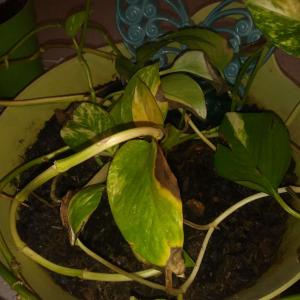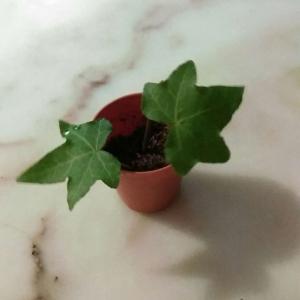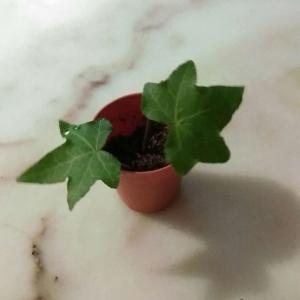求助
Kiersten_27
2017年10月31日

I’ve been struggling to keep this mini ivy healthy, I just pruned the dead leaves off of it and it’s pretty scraggly. Any tips to help it get better and flourish?




1
0
Mohamad.hamidizade:Give less water and add perlite to the soil
Mohamad.hamidizade:After a while in the shade of spring, move it to the sun
Mohamad.hamidizade:This plant is poisonous, and it is better to transfer it outside and mix the soil with 30% sandstone,
Kiersten_27:@brielle Thank you!
brielle:@Kiersten_27 house plant addicts, house plant growers, house plant hobbyists, house plant hoarders.
显示更多
文章
Dummer. ゛☀
2017年10月02日

Scientific Name
Senecio angulatus L. f.
Common Names
Climbing Groundsel, Creeping Groundsel, Cape Ivy, Garden Senecio, Mile-a-Minute, Scrambling Groundsel, Vining Senecio, Canary Creeper
Synonyms
Senecio macropodus, Cineraria laevis
Scientific Classification
Family: Aizoaceae
Subfamily: Asteroideae
Tribe: Senecioneae
Subtribe: Senecioninae
Genus: Senecio
Description
Senecio angulatus is a scrambling or twining herb whose form is a dense tangled shrub, up to 6.6 feet (2 m) tall or a climber to 20 feet (6 m) high. Succulent, pale green stems with glossy, thick and fleshy, coarsely toothed leaves with one to three teeth each side, up to 8 inches (20 cm) long and up to 5.5 inches (14 cm) wide. Flowers are daisy-like with yellow petals produced in open clusters at the end of its branches or stems.
How to Grow and Care
Established plants are extremely drought tolerant. They do need some water, during the summer, but do not leave the soil wet for prolonged periods. Allow the soil to dry out between waterings in the winter, when they are somewhat dormant. Since they are growing in sandy soil, nutrients will need to be replenished. Fertilize annually, but lightly. Too much fertilizer will cause a lot of leggy growth.
Taller varieties can get floppy. You can prune them back to where the stem is firm, in very early spring. You can even root the cuttings.
Plants can be divided or repotted in early spring. If you are growing them in containers, they enjoy spending the summer outdoors. Wait until there is no danger of frost and move them back indoors in the fall.
Senecio angulatus L. f.
Common Names
Climbing Groundsel, Creeping Groundsel, Cape Ivy, Garden Senecio, Mile-a-Minute, Scrambling Groundsel, Vining Senecio, Canary Creeper

Synonyms
Senecio macropodus, Cineraria laevis
Scientific Classification
Family: Aizoaceae
Subfamily: Asteroideae
Tribe: Senecioneae
Subtribe: Senecioninae
Genus: Senecio

Description
Senecio angulatus is a scrambling or twining herb whose form is a dense tangled shrub, up to 6.6 feet (2 m) tall or a climber to 20 feet (6 m) high. Succulent, pale green stems with glossy, thick and fleshy, coarsely toothed leaves with one to three teeth each side, up to 8 inches (20 cm) long and up to 5.5 inches (14 cm) wide. Flowers are daisy-like with yellow petals produced in open clusters at the end of its branches or stems.

How to Grow and Care
Established plants are extremely drought tolerant. They do need some water, during the summer, but do not leave the soil wet for prolonged periods. Allow the soil to dry out between waterings in the winter, when they are somewhat dormant. Since they are growing in sandy soil, nutrients will need to be replenished. Fertilize annually, but lightly. Too much fertilizer will cause a lot of leggy growth.

Taller varieties can get floppy. You can prune them back to where the stem is firm, in very early spring. You can even root the cuttings.
Plants can be divided or repotted in early spring. If you are growing them in containers, they enjoy spending the summer outdoors. Wait until there is no danger of frost and move them back indoors in the fall.
0
0






















